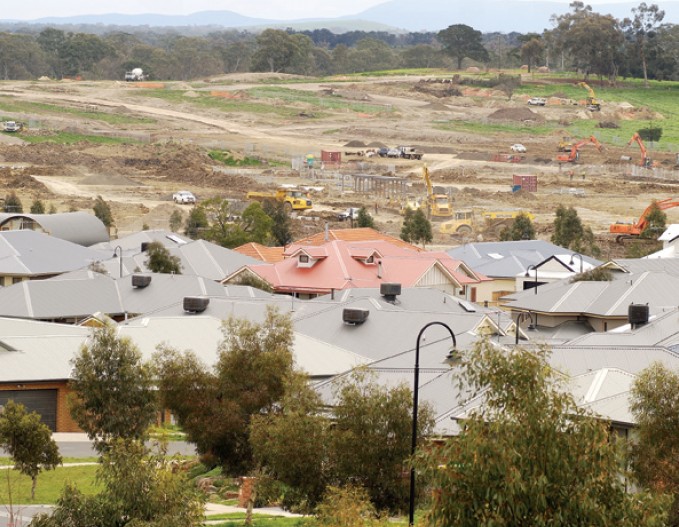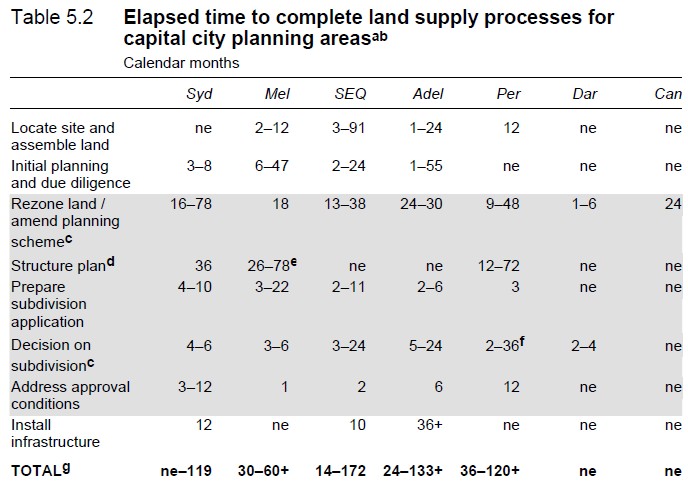
The NSW O’Farrell Government continues to chip away at Sydney’s planning system, eschewing the former government’s meme that “Sydney is full” in favour of greater openness to urban growth.
In October last year, the O’Farrell Government abolished the $7,000 First Home Owner’s Grant (FHOG) on pre-existing dwellings, replacing it with a $15,000 grant for purchases of new properties up to $650,000. The first home buyer stamp duty exemption, which applied to new homes only, was also extended to homes valued up to $650,000 (up from $600,000 previously). And the Government also offered a New Home Grant of $5,000 to all non-first home buyers of new properties up to $650,000, and vacant land up to $450,000 from 1 July 2012.
In addition to the cash grants, the Government announced that it would establish a $561 million fund to pay for road and sewerage infrastructure in new housing estates, with the explicit aim of stimulating housing supply in order to cater for Sydney’s population growth.
Then last month, the Government announced an ambitious plan to speed-up the supply of 172,000 new homes across Sydney, most of which will be on greenfield sites, as well as a longer term plan to provide 545,000 new homes to house 1.3 million people in the region by 2033.
Now it has been revealed that the NSW Government plans to reform infrastructure charges on new housing, which the Housing Industry Association has previously described as “excessive”, in a bid to lower development costs, improve housing affordability, and increase fairness. From the AFR:
The NSW government is proposing radical changes to the infrastructure charges and levies which add as much as $100,000 to the cost of a new home in Sydney’s growth centres.
The proposals will be unveiled this week in the government’s white paper on the new planning system.
The present system, in which developers are charged for, and then pass on, the costs of items such as new libraries to buyers, is complex, opaque and expensive…
NSW Planning Minister, Brad Hazzard said his approach was simple and cheaper. “If new development creates demand for infrastructure, there should be a modest contribution towards the cost,” he said. “We want to strengthen the link between contributions coming in and infrastructure being delivered on the ground.
“At the moment, that link is broken and it hurts the industry and it erodes community confidence in the system”.
…council demands will be limited to an approved list and the money will have to be spent within three years…
Voluntary planning agreements, used by local governments to gain extra funds in return for planning approval will be cut back…
And in a new doctrine of contestability, developers will be able to deliver and own infrastructure – roads, power and water – rather than fund the government to do the work.
Excessive taxes and charges on new developments is one of the biggest complaints I hear when it comes to new housing in NSW (and Australia more generally). One concern is that councils levy big charges on new developments, pocket the money, and then fail to provide the infrastructure. Another common complaint is that councils demand that developer-provided infrastructure is “gold plated” – i.e. built to the highest and most expensive standard, even when a cheaper option would suffice – in a bid to lower future maintenance costs, which are typically borne by council.
On the face of it, the NSW Government’s proposed changes look positive. Ensuring that councils properly deliver on the infrastructure in which they have levied is a no brainer, as is cutting back council’s rights to extort extra funding in exchange for development approval (arguably a form of tacit corruption). The ‘doctrine of contestibility’, whereby developers can build and own infrastructure (presumably funded by rates on home owners), also looks like a shift towards the Texas model, which has been highly successful if providing affordable housing to Texas’ fast growing population.
One area that might still need addressing is NSW’s antiquated approvals system, whereby plans for development too often get tied-up in cumbersome red tape. In its 2011 planning report, the Productivity Commission, noted that it took up to 119 months (nearly 10 years) to complete land supply processes in Sydney, with much of this time consumed by rezoning (see next table).

Overall, however, the New South Wales Government has signalled its intention to get housing policy back on track, which should hopefully lead to flow-on reforms and a significant liberalisation of housing supply across Sydney.

